villaboard installation guide wet area
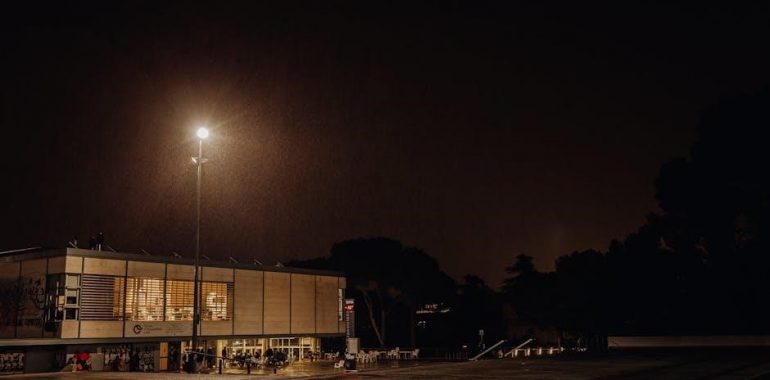
villaboard installation guide wet area
Villaboard is a moisture-resistant, durable lining material ideal for wet areas like bathrooms and laundry rooms. Proper installation is crucial to prevent water damage and ensure longevity.
1.1 What is Villaboard?
Villaboard is a moisture-resistant lining material designed for wet areas like bathrooms and laundry rooms. It is durable and withstands humidity and water exposure effectively. Manufactured by James Hardie, Villaboard is a popular choice for its ability to provide a water-resistant surface in environments prone to moisture.
1.2 Importance of Proper Installation in Wet Areas
Proper installation of Villaboard in wet areas is critical to prevent water damage, mold growth, and structural issues. Ensuring a watertight seal and secure fastening protects the material and underlying structures. Incorrect installation can lead to water seepage, compromising the integrity of the area. Always follow manufacturer guidelines to ensure a durable and safe wet area installation.
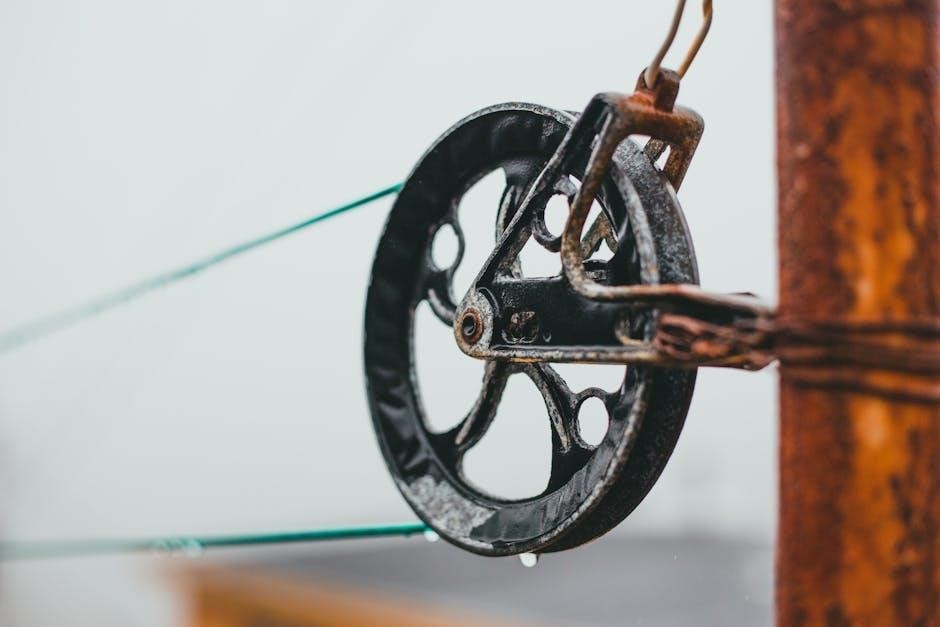
Materials and Tools Needed for Villaboard Installation
Essential materials include Villaboard sheets, waterproofing membranes, and specialized fasteners. Tools like utility knives, drills, and sealants are crucial for a successful wet area installation.
2.1 Essential Materials for Wet Area Installation
Key materials include Villaboard sheets, waterproofing membranes, and moisture-resistant adhesives. Additionally, specialized fasteners, joint sealants, and protective coatings are necessary to ensure durability and water resistance in wet areas.
2.2 Specialized Tools Required
Essential tools include a utility knife or circular saw for cutting, drill with screwdriver bits for fixing, and a notched trowel for applying adhesives. A spirit level ensures proper alignment, while waterproofing brushes and rollers are used for sealing. Safety gear like gloves and goggles is also necessary for protection during installation.

Pre-Installation Preparation
Ensure the area is free from debris and moisture. Check for structural integrity and any existing damage. Plan the layout and gather all necessary materials and tools beforehand.
3.1 Checking for Water Damage or Leaks
Before installing Villaboard, inspect the area for water damage or leaks. Check walls, floors, and plumbing fixtures for any signs of moisture or decay. Address any issues promptly to ensure a secure and stable base for your Villaboard installation, preventing future problems and ensuring longevity in wet areas.
3.2 Ensuring Structural Integrity of the Area
Ensure the structural integrity of the wet area by checking the framing for stability and levelness. Verify that all surfaces are secure and free from damage. Address any existing issues, such as unevenness or rot, before proceeding with Villaboard installation. A solid foundation is essential for a durable and water-resistant finish in wet areas.

Step-by-Step Installation Process
Follow a systematic approach to install Villaboard, ensuring sheets are securely fastened and aligned. Adhere to guidelines for cutting, preparing surfaces, and sealing joints in wet areas.
4.1 Cutting Villaboard Sheets to Size
Cutting Villaboard sheets accurately is essential for a seamless installation. Use a utility knife or circular saw with a diamond blade for clean cuts. Score deeply, then snap the sheet along the line. For curved cuts, mark the area and use a jigsaw. Always wear safety gear and ensure cuts are precise to fit the wet area dimensions perfectly.
4.2 Preparing the Wall Surface
Ensure the wall surface is clean, dry, and free from dust or debris. Check for any structural damage or uneven areas and repair them. Apply a suitable adhesive or primer if necessary to create a stable base for Villaboard installation. Proper preparation ensures better adhesion and a smoother finish in wet areas.
4.3 Fixing Villaboard Sheets to the Frame
Secure Villaboard sheets to the frame using corrosion-resistant screws or nails, ensuring they are spaced evenly. Start from the center and work outward to avoid buckling. Tighten firmly but avoid over-tightening, which can damage the material. Proper alignment and secure fastening are essential for stability and durability in wet environments.
4.4 Sealing Joints and Edges
Seal all joints and edges with a high-quality silicone sealant to ensure watertightness. Apply the sealant evenly, pressing firmly to fill gaps. Wipe excess with a damp cloth. Proper sealing prevents water infiltration and extends the lifespan of the Villaboard in wet areas. Use a caulking gun for precise application and allow the sealant to cure fully before exposure to moisture.

Wet Area Specific Considerations
Ensuring moisture resistance, proper sealing, and adherence to guidelines is crucial for Villaboard installation in wet areas to prevent water damage and ensure long-term durability.
5.1 Waterproofing and Sealing Requirements
Waterproofing and sealing are critical in wet areas to prevent water penetration. Apply waterproof membranes to walls and floors, ensuring all joints and edges of Villaboard are thoroughly sealed. This protects against moisture damage and ensures compliance with wet area construction standards, as outlined in the James Hardie manual.
5.2 Moisture-Resistant Practices
Moisture-resistant practices are essential for Villaboard installation in wet areas. Ensure all surfaces are clean and dry before installation. Use moisture-resistant adhesives and sealants to prevent water ingress. Regularly inspect for signs of moisture damage and address promptly to maintain the integrity of the Villaboard lining and ensure a safe, durable environment.
5.3 Electrical and Plumbing Precautions
When installing Villaboard in wet areas, ensure electrical and plumbing systems are safely handled. Avoid contact with earthed surfaces like pipes or appliances. Use appropriate tools and follow safety guidelines to prevent electrical hazards; Ensure all electrical fixtures are installed away from water sources to maintain safety and compliance with local building codes.
Finishing Touches
Villaboard can be painted or decorated to match your desired aesthetic. Ensure surfaces are properly prepared for a smooth finish. Install trim and mouldings for a polished look.
6.1 Painting and Decorating Villaboard
After installation, Villaboard can be painted or decorated to match your desired aesthetic. Use water-resistant paints to maintain moisture resistance in wet areas. Ensure the surface is clean and dry before applying paint for a smooth, durable finish. Always follow manufacturer guidelines for best results and longevity of the material.
6.2 Installing Trim and Mouldings
Trim and mouldings enhance the appearance of Villaboard installations. Ensure water-resistant materials are used in wet areas to prevent moisture damage. Properly seal gaps between trim and Villaboard for a watertight finish. Follow manufacturer guidelines for installation to maintain structural integrity and aesthetic appeal in bathrooms and other wet spaces.

Maintenance and Upkeep
Regular cleaning and inspections are vital for Villaboard in wet areas. Addressing minor damages promptly prevents water infiltration and extends the material’s lifespan effectively.
7.1 Regular Cleaning and Inspection
Regularly clean Villaboard surfaces with mild detergents to remove soap scum, mildew, and grime. Inspect for cracks, water stains, or sealant wear. Addressing these issues promptly prevents moisture damage and ensures long-term durability in wet areas.
7.2 Addressing Minor Damages Promptly
Inspect Villaboard regularly and repair minor cracks, dents, or water spots immediately. Use waterproof sealants or joint compounds to prevent moisture penetration. Addressing these issues early prevents costly repairs and maintains the integrity and appearance of the Villaboard in wet areas, ensuring a safe and durable environment.
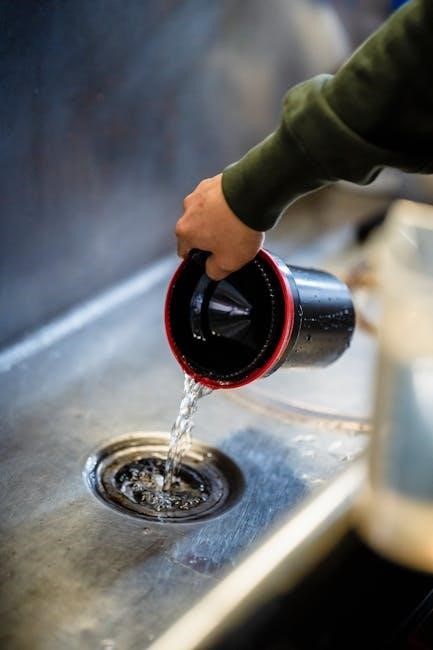
Common Mistakes to Avoid
Common mistakes include improper sealing and insufficient fastening, which can lead to water damage and structural issues. Address these promptly for a durable installation.
8.1 Improper Sealing Techniques
Improper sealing is a common mistake that can lead to water infiltration and damage. Ensure all joints and edges are thoroughly sealed with appropriate waterproofing materials. Neglecting this step can compromise the integrity of the Villaboard installation, especially in wet areas where moisture exposure is constant. Always follow manufacturer guidelines for sealing products.
8.2 Insufficient Fastening of Sheets
Loose or unevenly fastened Villaboard sheets can lead to structural instability and water penetration. Always use the recommended number and type of fasteners, ensuring they are spaced correctly. Over-tightening should also be avoided to prevent damage to the sheets. Proper fastening is essential for a secure and long-lasting installation in wet areas, where moisture and humidity are prevalent.
Adhering to Local Building Codes
Compliance with local building codes ensures safety and structural integrity. Always verify regional regulations for wet area installations to meet legal and safety standards effectively.
9.1 Understanding Wet Area Regulations
Wet area regulations dictate specific requirements for materials and installation practices to ensure safety and durability. These codes often include guidelines for waterproofing, sealing, and proper ventilation to prevent moisture-related issues. Adhering to these regulations is essential to avoid structural damage and maintain compliance with local building standards.
9.2 Compliance with Safety Standards
Compliance with safety standards ensures installations meet rigorous criteria, protecting against hazards like electrical risks and structural failures. Adhering to these standards involves using approved materials, following installation best practices, and conducting regular inspections; This compliance not only enhances safety but also extends the lifespan of Villaboard in wet areas, ensuring reliability and performance over time.
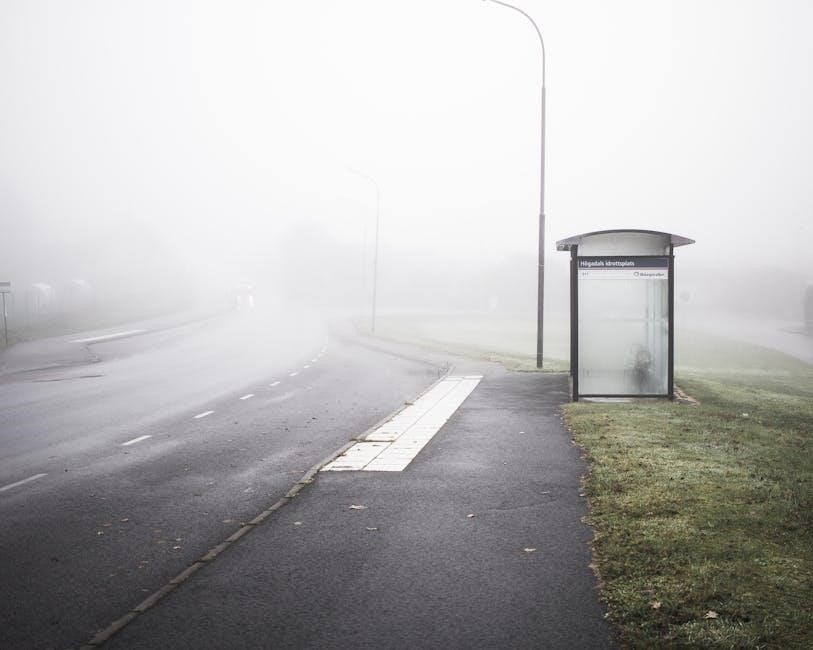
Manufacturer Guidelines and Recommendations
Adhere to manufacturer guidelines for Villaboard installation in wet areas. Follow the James Hardie Wet Area Construction Manual for optimal results and safety.
10.1 James Hardie Wet Area Construction Manual
The James Hardie Wet Area Construction Manual provides detailed instructions for Villaboard installation in wet areas. It covers essential steps, materials, and safety tips to ensure compliance with industry standards and prevent water damage. Follow this guide to achieve a professional and durable finish in your wet area projects.
10.2 Referencing the Villaboard Installation Guide
The Villaboard Installation Guide is a comprehensive resource for wet area projects. It offers step-by-step instructions, tips, and best practices to ensure a successful installation. Referencing this guide helps maintain product warranty and ensures compliance with manufacturer recommendations for optimal performance and durability in wet environments.
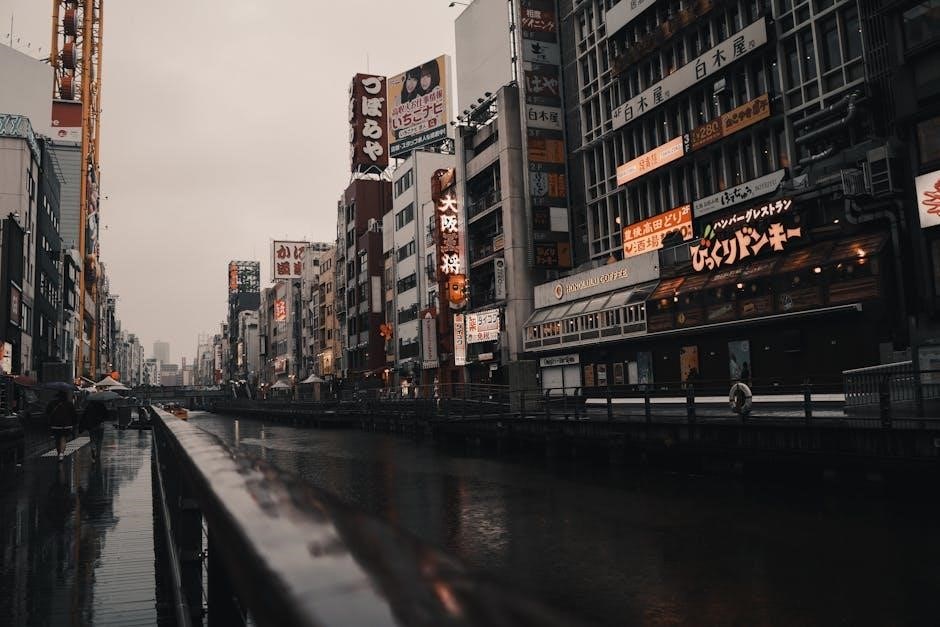
Safety Precautions
Ensure protective gear is worn to prevent injuries. Avoid contact with earthed surfaces and electrical hazards. Maintain a safe, dry working environment during installation.
11.1 Protecting Yourself During Installation
Always wear protective gear, including gloves, safety glasses, and a dust mask, to prevent injuries from cutting and drilling. Ensure proper ventilation to avoid inhaling dust particles. Keep tools away from water sources and avoid contact with grounded surfaces to minimize electrical shock risks. Use non-conductive ladders and maintain a safe, dry working environment.
11.2 Avoiding Electrical Hazards in Wet Areas
Ensure all power tools and equipment are kept away from water sources to prevent electrical shock. Deactivate power supply before working near electrical systems. Avoid contact with grounded surfaces like pipes or metal frames while using electric tools. Use GFCI-protected outlets and maintain a safe distance from live wires during installation in wet areas.